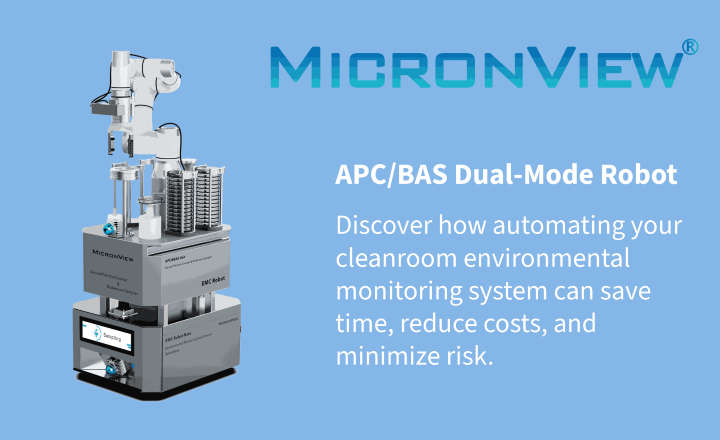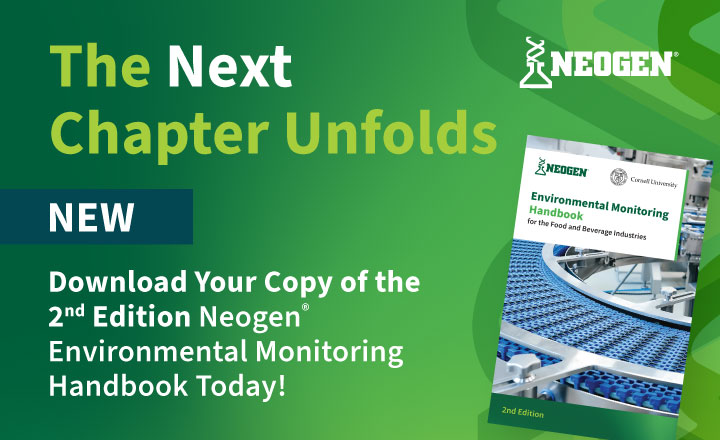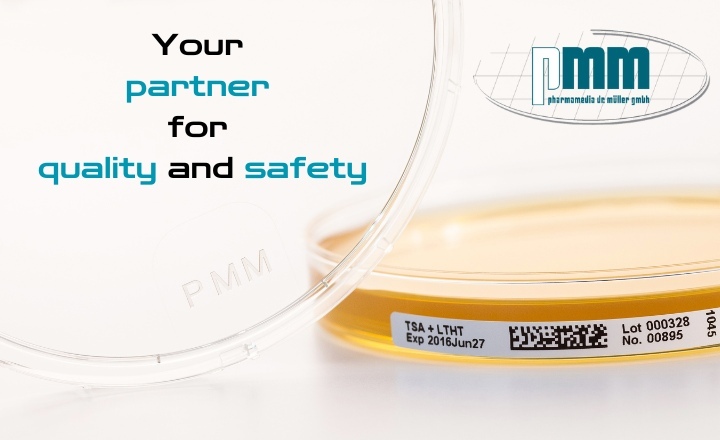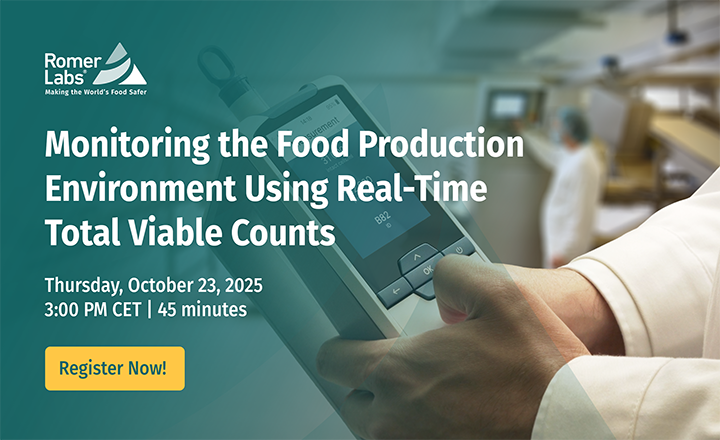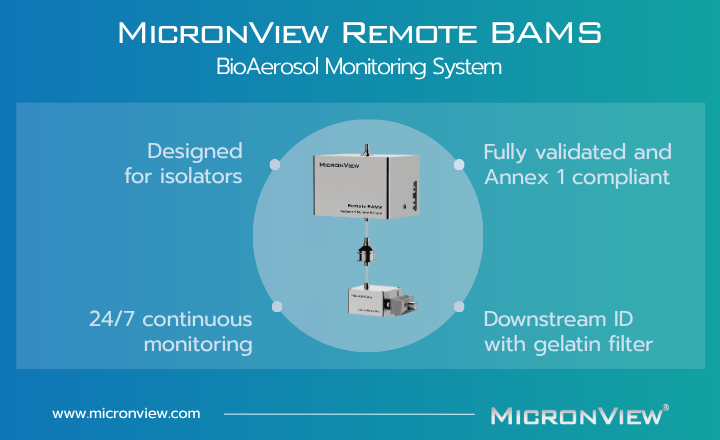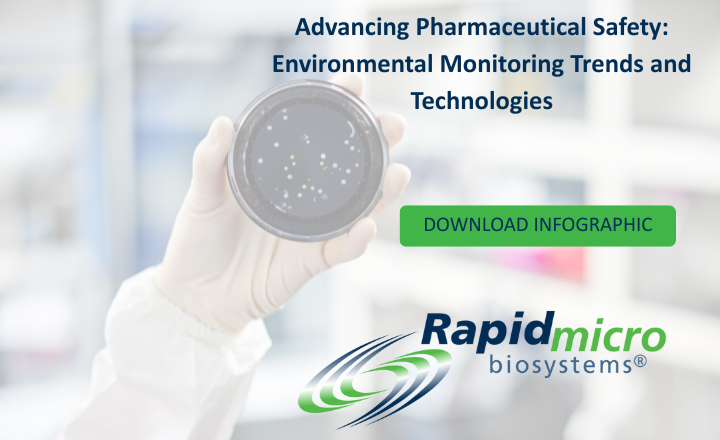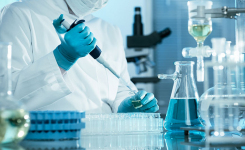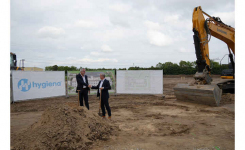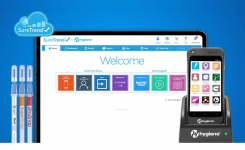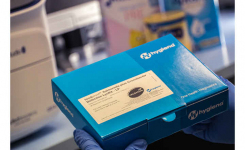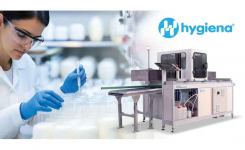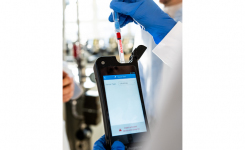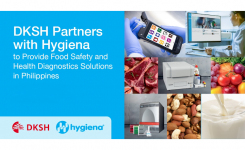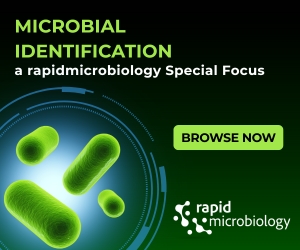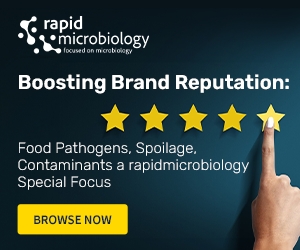With growing regulatory pressure under FSMA and GFSI-aligned schemes, environmental monitoring programs (EMPs) have shifted from being a best practice to a non-negotiable requirement for food and beverage manufacturers. But setting up a robust, risk-based EMP takes more than a checklist. It demands an understanding of microbial hazards, facility layout, and the right mix of testing technologies.
It Starts with Zones and Risks
A well-structured EMP begins by mapping out the facility into zones – from direct food contact surfaces (Zone 1) to the periphery of production (Zone 4). This layout drives not just where to sample, but how often and for what — from total plate counts and coliforms to Listeria and Salmonella.
Yet one of the biggest pitfalls is under-sampling, either in number or frequency. Without enough data, facilities miss the chance to spot patterns, respond to trends, and optimize cleaning validation.
The Role of Indicators and Rapid Testing
Indicator organisms, such as Enterobacteriaceae or total aerobic counts, act as a practical proxy for pathogen control — especially when paired with fast and reliable tools. Hygiena’s UltraSnap® ATP test, read on the EnSURE® Touch luminometer, delivers sanitation verification results in seconds and seamlessly connects to SureTrend® Food Safety Management Platform for trend analysis and audit readiness.
For deeper insights, MicroSnap® tests quantify coliforms, E. coli, and total viable counts in less than 8 hours, supporting same-shift corrective action. These rapid, validated methods help streamline testing across multiple zones while maintaining high data integrity.
What to Do When Things Go Wrong
An effective EMP also plans for the unexpected. Positive results must trigger swift corrective action: containment, resampling, and detailed documentation. The goal isn’t just to “pass the test,” but to build a resilient program that evolves with the risks.
From Allergen to Pathogen, From Surface to Sample
Today’s EMPs must also factor in allergen risk. Tools like AlerTox® and GlutenTox® offer rapid screening and quantification options across surfaces and ingredients. And for facilities requiring high-throughput or molecular confirmation, InSite™ tests and the BAX® System offer validated PCR detection of Listeria, Salmonella, and more — including quantification with SalQuant™.
Smarter Monitoring Starts Here
Hygiena’s suite of environmental and product testing tools empowers QA teams to implement science-based, real-time EMPs that meet compliance goals and reduce recall risks. Whether launching a new program or enhancing an existing one, integrating rapid indicator, allergen, and pathogen testing can provide the confidence and control modern food safety demands.
Explore EMP-ready tools at hygiena.com.



